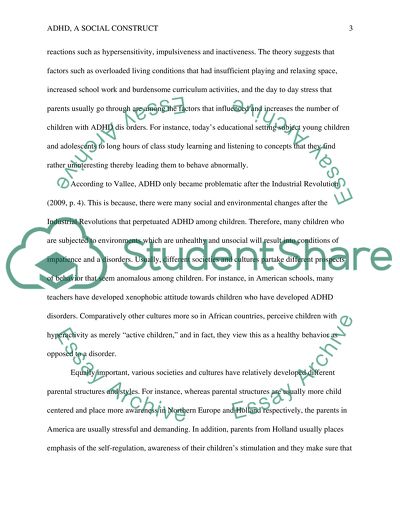Cite this document
(“ADHD is a social and not a mental health/biological construct. Discuss Essay”, n.d.)
Retrieved from https://studentshare.org/psychology/1674124-adhd-is-a-social-and-not-a-mental-healthbiological-construct-discuss
Retrieved from https://studentshare.org/psychology/1674124-adhd-is-a-social-and-not-a-mental-healthbiological-construct-discuss
(ADHD Is a Social and Not a Mental health/Biological Construct. Discuss Essay)
https://studentshare.org/psychology/1674124-adhd-is-a-social-and-not-a-mental-healthbiological-construct-discuss.
https://studentshare.org/psychology/1674124-adhd-is-a-social-and-not-a-mental-healthbiological-construct-discuss.
“ADHD Is a Social and Not a Mental health/Biological Construct. Discuss Essay”, n.d. https://studentshare.org/psychology/1674124-adhd-is-a-social-and-not-a-mental-healthbiological-construct-discuss.


